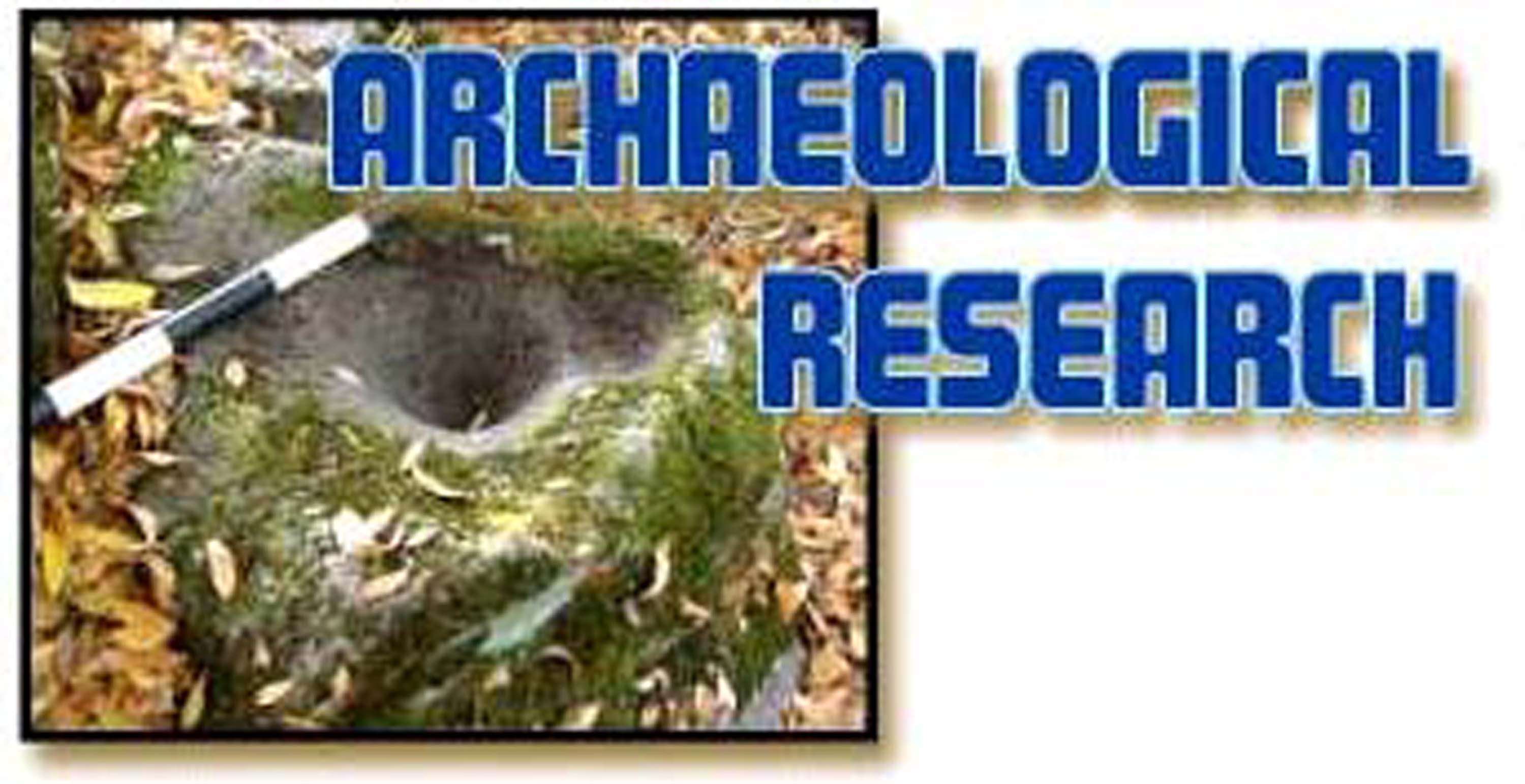Elem Historic Metal











Several historic metal objects were encountered during the monitoring process. Many of these (see stove) were too large to recover or were not in danger of destruction due to project activities. Metal objects consisted of tools (e.g. saws, axe heads, files), farm and livestock items (e.g. horse tack, cultivating tools, etc.), construction and cabinet hardware (e.g. screws, nails, straps, fittings, door latches, door knobs, boat parts, etc.), hunting items (shell casings), musical instruments (harmonica parts), personal adornment (jewelry), and food related items (e.g. jar lids, cans, food wrapping, etc.).
Most historic metal was recovered from within the historic features discussed in the “Historic Feature” section. The items presented here were not associated with any particular historic feature, but do indicate the range of cultural activities within the Elem Community.
Hardware
Construction and household hardware consisted of screws, cut and wire nails, brackets, hinges, and door parts.
Square cut nails were encountered throughout the historic feature area and in a few other locations. Before the 1800’s, most nails were hand forged. Nails were so valuable that old buildings were often burned down to recover the nails for reuse.
The machine manufacture of cut nails began in the early 1800’s and by 1830 the head of a square cut nail was more uniform, thicker and more square. Prior to this time the heads were thinner and often appeared lopsided. By 1895, the wire nail machine (invented in France) eventually put square cut nails out of business. This did not happen because of their value in construction (square nails hold better than wire nails), it happened because the companies that made wire nails bought up the steel mills and refused to sell steel to square cut nail companies (typical American capitalism).
Supplies of square nails remained in the market place for a few years before drying up (Cooper 2003, Kallis 1955).
Tools
Tools recovered suggested many construction and manufacturing activities that took place. The use of the ax head (0-342) is probably obvious to everyone. The use of the adz (0-396) may be less obvious, however, the accompanying 1906 photo of dugout canoes on the shore at Elem may provide an indication of what the adz was used for (note the adz cut marks on the inside of the dugouts).
As a tool, the triangular file may also be obvious, however what it was used for may not be obvious to a non-Native American reader. For the past 5,000 years, clamshell beads served as money in the prehistoric economy.
In describing the Clear Lake Pomo, Dr. A. L. Kroeber (1925:248) states,
- “That they were a wealthy people would accordingly go without saying, even if we did not know that they were the principal purveyors of the standard bead disk currency to north-central California.”
Prehistorically, these beads were made by drilling a small hole in a disk of clamshell using a stone-tipped drill. These small chert drill tips were triangular in cross-section and could drill a perfect 1/8” hole (Parker 1980). When Europeans arrived, native people throughout California were more interested in the small triangular files they brought than any other tool. The file’s shape closely resembled the stone drill tips. Broken and sharpened, one file could produce 5 or 6 drill tips. A bead maker no longer needed to purchase stone drill tips from a professional stone tool maker, and the steel file tips lasted longer and were easily re-sharpened. This technological advancement had a down side however. Now that anyone could make as many shell beads as they wanted, inflation occurred. When Europeans first arrived, a clamshell bead had the equivalent of $1 of value. Within a few years, the value of the shell bead had dropped to a little more than 1 cent.
Shell beads are still made today to be worn as personal adornment and as ceremonial regalia.
Farm and Livestock Items
Horseshoes, buckles, strap holders, pieces of hoes and parts of horse-drawn rakes were recovered. These items indicate that farming, livestock and equine activities were occurring at Elem. One historical photo shows a family in a horse-drawn buggy entering the community.
Background research by Dr. Adrian Praetzellis discovered the earliest mapped reference to the Elem Community and Rattlesnake Island by E. D. Richardson of the U.S. Government’s General Land Office. His notes call the island “Indian Island” and indicate 5 “Indian dwellings” on the island. In 1868, I. N. Chapman was the first Deputy Surveyor to survey the island. In his commentary he notes:
“There is an Indian village of some dozen huts along the southern shore. These Indians keep some horses on the island; they also cultivate a garden spot of a few acres (U.S. BLM 1868:4).”
Four years later, following the 1872 move to the mainland, it is likely that the community continued their gardening and horse husbandry.
Hunting Items
A single Winchester cartridge was recovered during the monitoring program. This .243 shell casing is a type that is still made today and has been manufactured since 1955 (Dillon 1995:92).
Recreational Items
A brass harmonica soundboard, a pot-metal ring, and a token from the Jules Miniature Golf and
Arcade in Clearlake were recovered. These items suggest some of the recreational activities that
took place both on and off the reservation.
